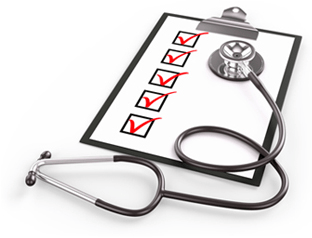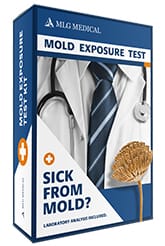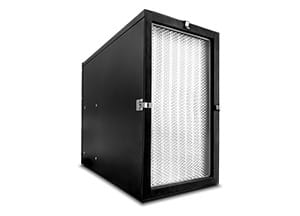Mold Help

Mold Fine-Particulates
Easy to use Mold Bomb Fine-Particulate Fogger grounds fine and ultra-fine particulates in just one treatment.

Is Mold Making You Sick?
If you are concerned about mold sickness and the effects of mold exposure, try our free online Mold Health Screen. This program is developed in partnership with Mold Test Company to provide you a better understanding of the health risks associated with toxic mold exposure.
Water Damage
Mold will generally form first around wherever there is water damage. We suggest starting around these areas for initial mold inspection and testing.
Mold Can Be Found in Many Areas, here are some of the most common places mold can be found:
- Attic
- Bathrooms
- (HVAC) Heating and Air System
- Water Heater Room
- Doors and Windows
- Kitchens
- Basements
- Crawl Spaces
- Any Moist Areas
- Garage
- Behind Ceiling Tiles
- Under Carpets
Once you discover mold in your environment it’s important to keep in mind mold travels very easily to surrounding areas. A simple way to think about it is mold will travel similarly to dust particles, therefore, anywhere dust can go mold can go. It is very important that if mold is discovered in an environment you treat the surrounding areas including contents in addition to the visible mold growth.
The longer an environment is left untreated the stronger the risk of cross contamination into other rooms. Often cross contamination occurs through the HVAC system, so we suggest treating the entire system if possible.
There is a common misconception that bleach kills mold. When you apply bleach to a colony of mold spores it will wash out the color of the spore but not damage the spore itself. The majority of mold spores are chlorine resistant making them immune to things like bleach. The only way to be sure to kill mold is to use a product with an anti-fungal anti-microbial element.
Using the proper safety equipment is advised when doing a mold remediation. Here are some safety suggestions:
- Respirator with gas cartridges
- Latex gloves
- Safety glasses
- Protective disposable suit

Medical Testing for Mold Exposure
Biocide Labs now is now offering medical testing for mold exposure through our partnership with MCC medical. If you’re sick from mold, we have the medical answers you need.
















